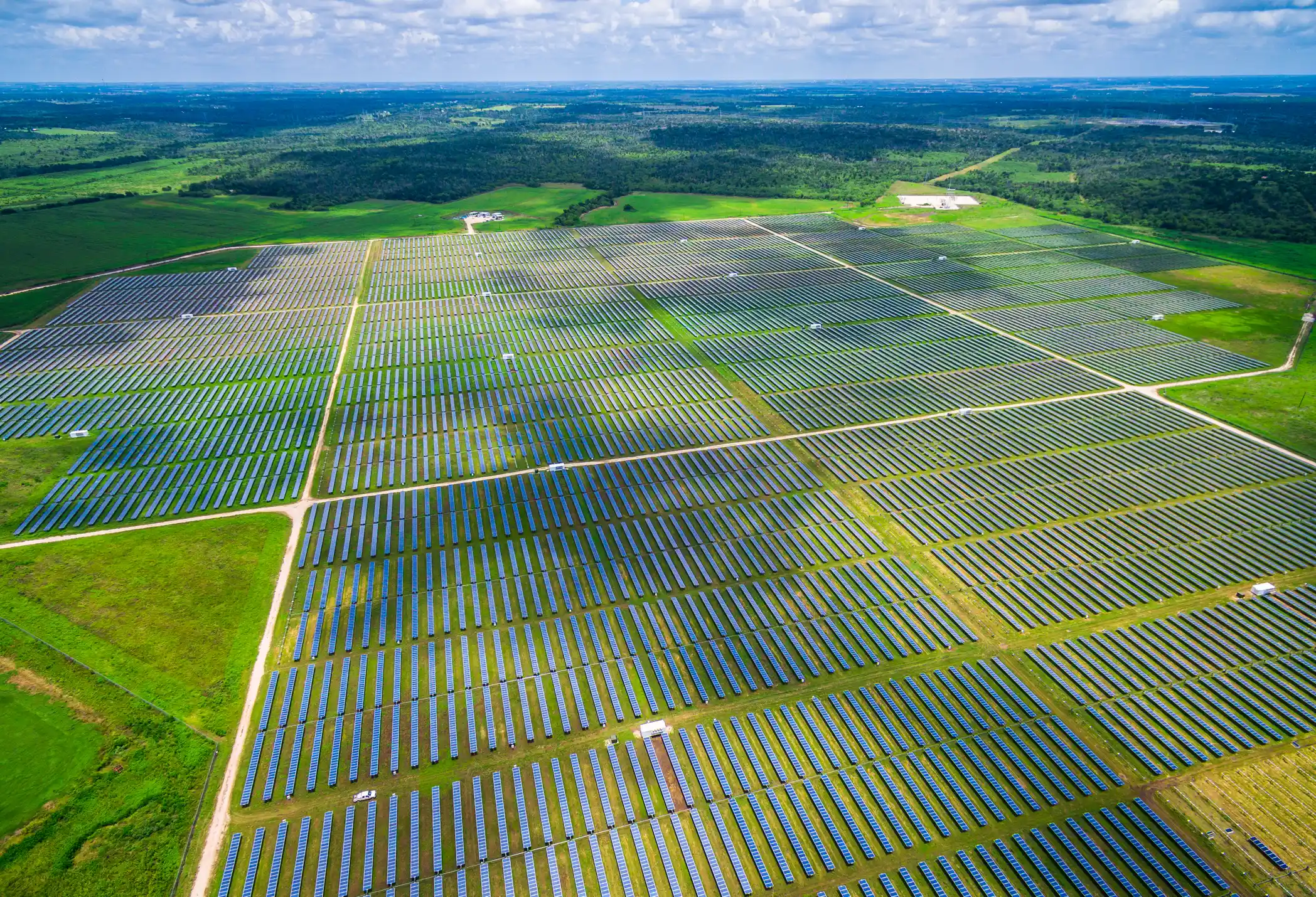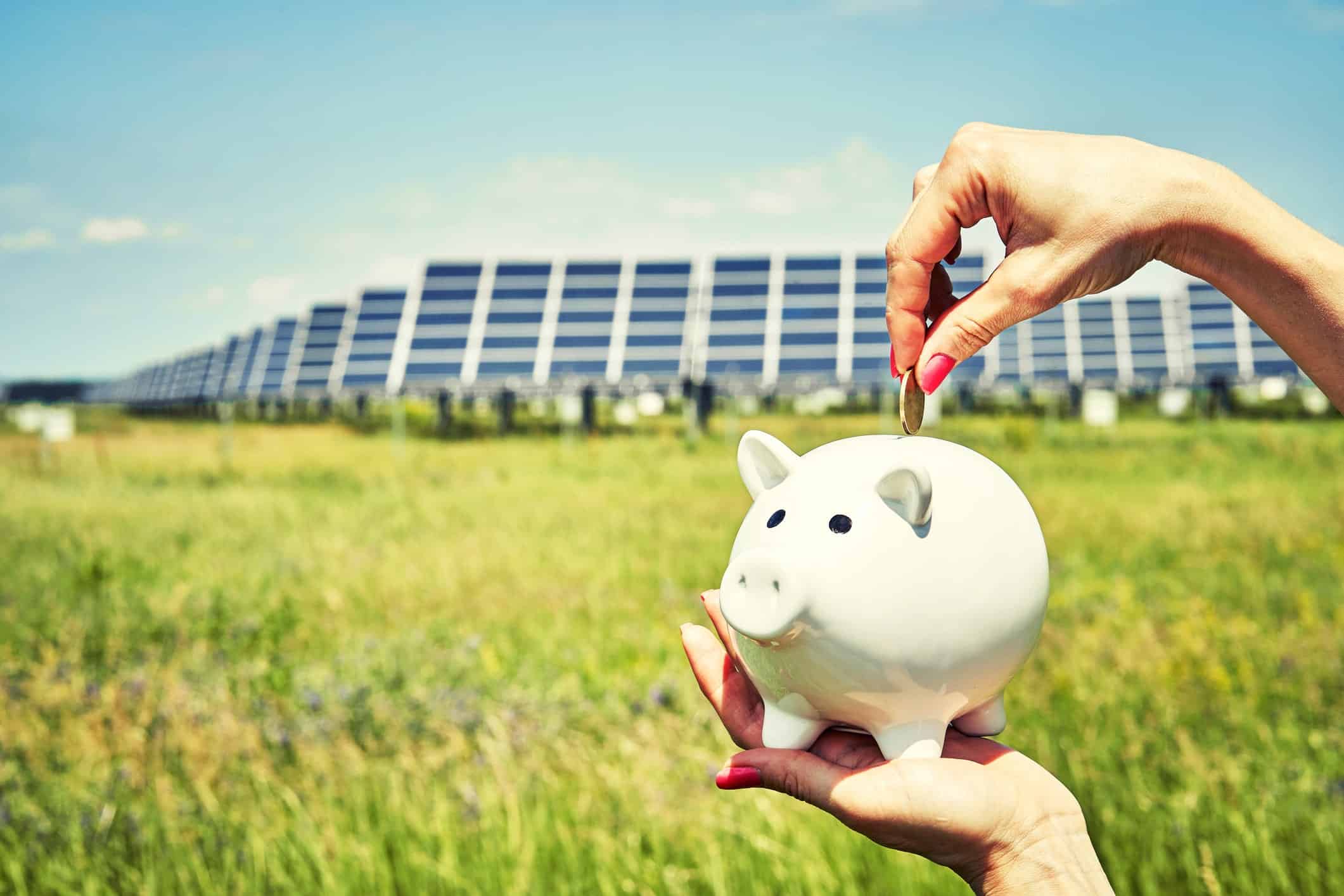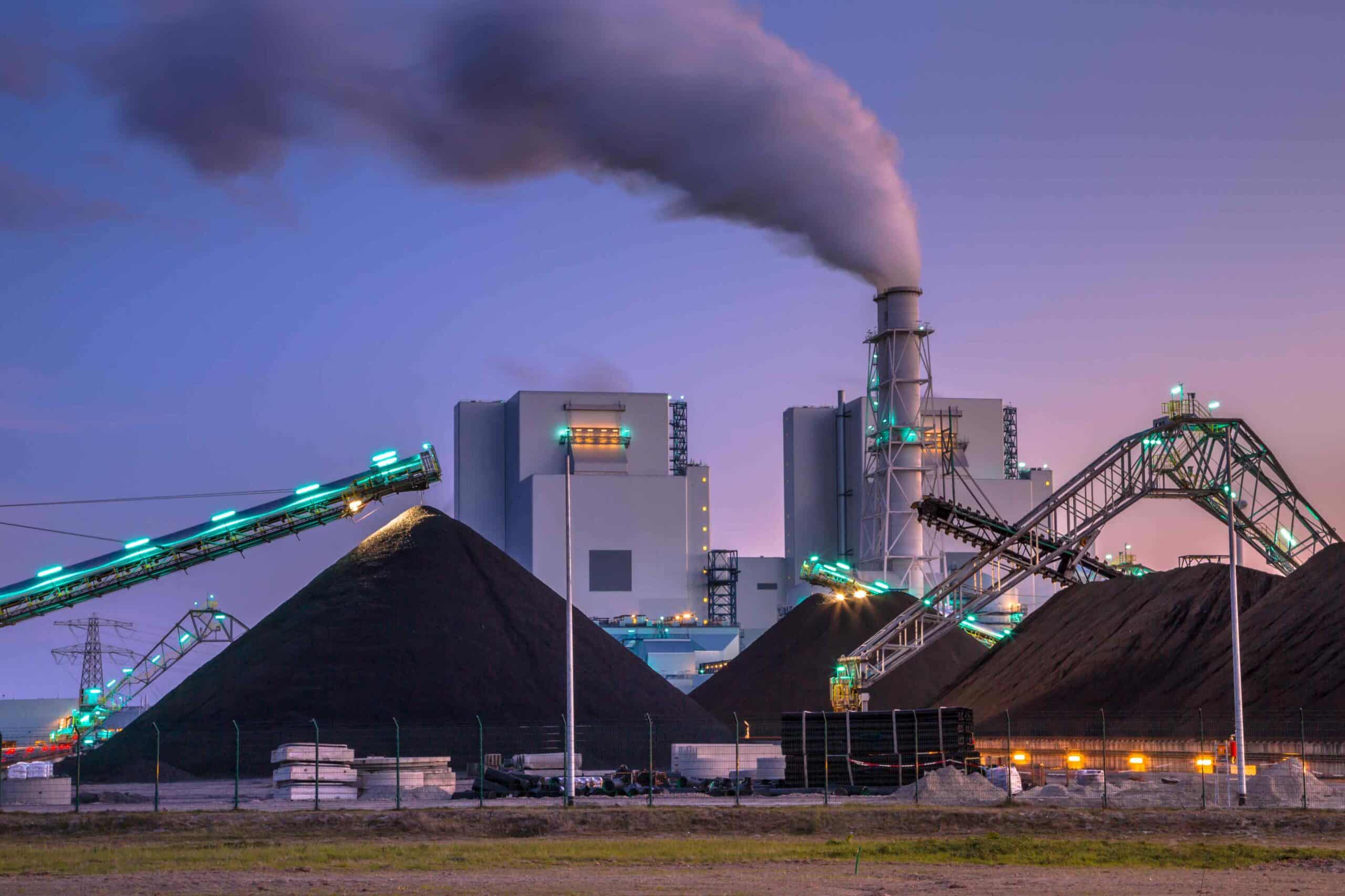POSTED
June 2, 2025
Solar Farms vs. Traditional Energy Investments: Which is Better?
Traditional energy sources such as oil, gas, and coal have served as reliable mainstays of investor portfolios for decades. Their long history of delivering profits during economic expansions and geopolitical instability made them hard to ignore. However, in today’s economy, the energy investment landscape is undergoing a fundamental transformation.

Climate risk, economic volatility, global policy shifts, and mounting public pressure are prompting investors to rethink their strategies—especially when weighing solar farms vs traditional energy investments. Traditional fossil fuel investments are no longer the safe bet they once seemed.
In their place, solar farms are rising as a compelling, future-focused alternative. Utility-scale solar offers steady returns, lower environmental risk, and alignment with personal and institutional values. It has become a favored choice for investors wanting their capital to generate more than profit.
This article compares solar farms and traditional energy investments through the lenses of performance, risk, and impact, empowering investors to make smarter, more sustainable decisions.
Traditional Energy Investments
Oil, Gas, and Coal Basics
Fossil fuels have powered the world for more than a century. Today, they still account for 81% of the global energy supply, with oil contributing nearly 30%, followed by coal (28%) and natural gas (23%). Their dominance in global infrastructure has long attracted capital from institutional investors and energy funds alike.
But the fundamentals of fossil energy are shifting. The sector now carries increased risk, diminished returns, and a growing set of liabilities.
Historical Returns and Volatility
While fossil fuels have historically offered high returns during periods of demand spikes or conflict, they’ve become increasingly volatile. Factors like OPEC policy, global conflicts, supply chain instability, and recessions drive unpredictable price swings.
In 2024, fossil fuel stocks returned only 5.72%, a fraction of the S&P 500’s 25.02% return. Over the last decade, they’ve delivered the lowest performance and highest volatility among S&P sectors. Simply put, fossil fuel investments have become a drag on portfolio performance.
Rising Financial Risks
The risks go beyond market fluctuations. The sector is under pressure from tightening regulations, limits on exploration, and a wave of institutional divestment. ESG mandates lead pension funds, endowments, and wealth managers to move away from fossil assets.
In 1980, fossil fuel companies comprised 30% of the S&P 500. Today, they account for just 3.9%, a sharp signal of shrinking relevance in public markets.
As the global economy decarbonizes, fossil-heavy portfolios face rising reputational risk and the looming threat of stranded assets that may never generate a return.
Impact on Climate and Long-Term Viability
Fossil fuels are the leading cause of climate change. In 2024, global CO₂ emissions from fossil energy hit a record 37.4 billion metric tons, a 0.8% increase over the previous year. These emissions fuel rising temperatures, extreme weather, and long-term ecological disruption.
Beyond the carbon cost, fossil fuel extraction and combustion continue to harm communities, degrade ecosystems, and pollute water sources. Investors are increasingly unable to ignore this environmental impact.
Solar Farms as an Investment Option
Financial Advantages
In contrast to fossil fuels, solar farms offer a remarkably stable investment profile. The key lies in Power Purchase Agreements (PPAs), long-term contracts, typically 15 to 25 years, that lock in energy pricing and guarantee consistent cash flow. PPAs reduce income volatility and provide the predictability many investors now seek.
With low operational overhead and minimal post-construction maintenance requirements, solar farms deliver value over decades, making them ideal for investors looking for steady, long-term returns.
Growing Demand for Solar Energy
The market for solar energy is expanding at a record pace. In 2024, the U.S. solar industry installed nearly 50 GWdc of new capacity, a 21% year-over-year increase. Solar made up 66% of all new electricity-generating capacity added to the U.S. grid, surpassing coal for the first time.
Declining technology costs, growing regulatory support, and increasing demand for clean energy from corporations and municipalities are drivingfueling this surge.
Solar isn’t speculative, it’s structural. It’s becoming the backbone of a 21st-century energy system.
Why Investors Are Paying Attention
Solar farms aren’t just a climate-friendly asset; they’re also a smart financial one. Long-term contracts provide stability. Low maintenance reduces operational risk. Growing demand ensures continued relevance.
As utility-scale solar becomes more mainstream, investors are recognizing it for what it is: a cornerstone of future infrastructure.
Solar Farms vs Traditional Energy Investments: Environmental Impacts
Reduction in Emissions and Carbon Footprint
Solar energy produces electricity without combustion, meaning zero emissions at the point of generation. Across its lifecycle, even when factoring in manufacturing, solar photovoltaic (PV) systems emit just 41-48 grams of CO₂ per kilowatt-hour. That’s a fraction of coal (820 g) or natural gas (490 g).
Every solar farm built is another step toward decarbonizing the grid and reducing the environmental footprint of energy production.
Contribution to Reducing Fossil Fuel Dependence
Each new solar installation displaces electricity that would otherwise come from fossil sources. In 2023, renewable energy, including solar, accounted for 9% of total U.S. primary energy production.
Solar is flattening fossil demand across developed economies, offering nations greater energy security, lower emissions, and less exposure to volatile global fuel markets.
Long-Term Sustainability and Ethical Investment Appeal
Solar energy is sustainable not just in output but also in design. With no combustion, waste, or water pollution, solar farms are a cleaner way to generate power. And with an energy payback time of just 1.5 to 2.7 years, solar panels deliver decades of clean energy thereafter.
This long-term efficiency makes solar a natural fit for ESG portfolios and values-based investors who want impact alongside financial return.
Investing with Shasta Power
At Shasta Power, we believe energy should be a force for financial and environmental prosperity. That’s why we specialize in originating and developing utility-scale solar farms backed by rigorous due diligence, sustainable land strategies, and a clear vision for impact.
We identify prime solar sites based on sunlight access, grid connectivity, and ecological compatibility. Our team oversees every stage of development from acquisition and permitting to engineering and construction.
With each project, we aim to create lasting value for investors, communities, and the planet.
Our Summit Power Fund targets IRRs of 18%+ over the fund’s lifecycle. Through a simple onboarding process, accredited investors can participate in this mission: create an account, verify eligibility, sign a subscription agreement, and invest.
We anticipate our next offering, SPF II, will open in 2025. Details are available at ShastaPower.com.
Solar Farms vs. Traditional Energy Investments: Conclusion
Solar farms are no longer an alternative investment, they’re an essential one.
They offer:
- Stable, predictable returns through long-term energy contracts
- Significant environmental benefits and emissions reduction
- Alignment with the future of global energy systems
As traditional energy investments face growing uncertainty, solar provides a clear, credible path forward for those who value both performance and purpose.
Next Steps with Shasta Power
At Shasta Power, we’re building the infrastructure of the energy transition clean, scalable, and community-focused.
If you’re ready to align your investments with your values and participate in the next wave of energy innovation, visit ShastaPower.com or contact our team to explore current and upcoming opportunities.
Together, we can build a brighter, more resilient future.





